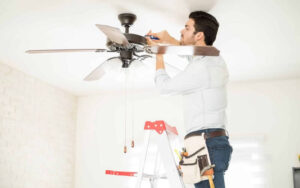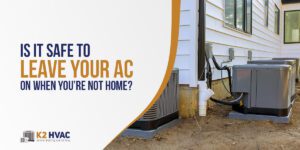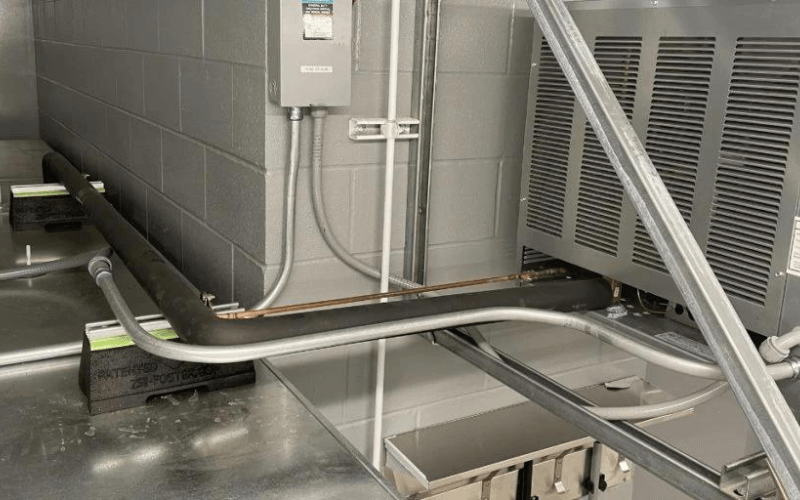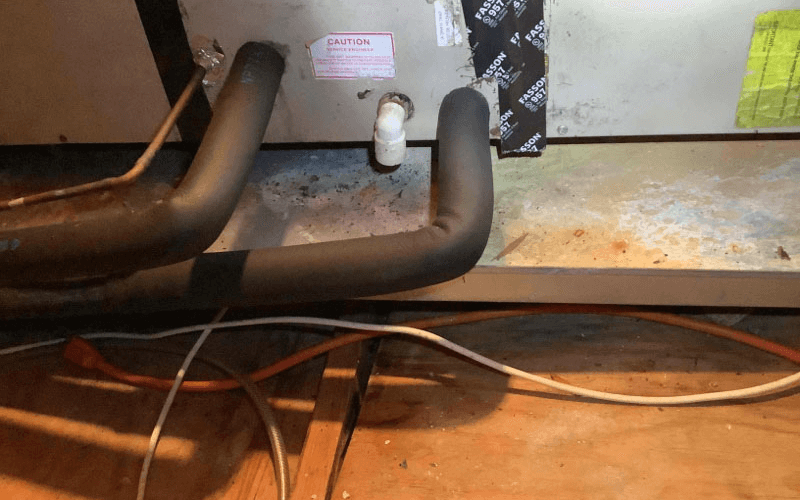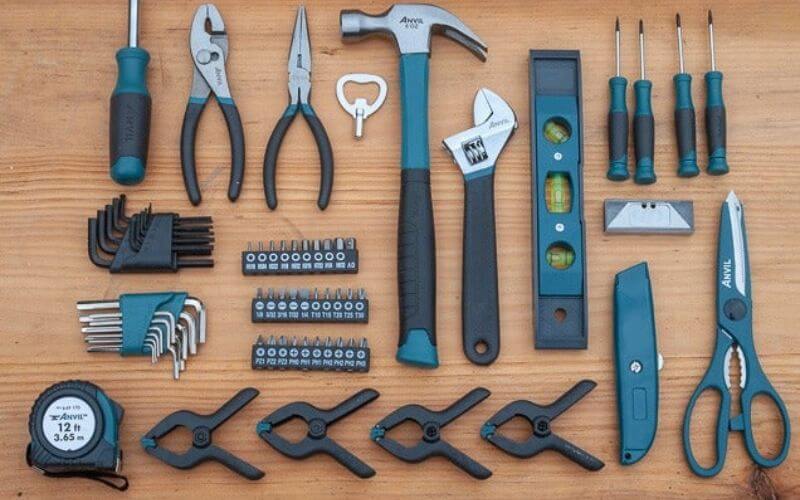In the winter, wall heaters are a common device used to heat offices and homes. There are both natural gas and Electric Wall Heaters on the market, and neither is difficult to use. However, each device must activate specific mechanisms that differ from model to model.
The following are the necessary steps to turn on your home’s wall-mounted gas and Electric Heating.
Table of Contents
ToggleStep 1: Locate The Heater Indicator Lights:
Most heaters have indicator lights behind the vents, making them easy to locate. However, some units may necessitate opening or completely removing the burner cover the first time the heater is turned on.
All indicator lights are located behind the metal panel of the heater. A flashlight or other light source must be used to find the pilot.
Step 2: Ignition Process:
How To Turn On Electric Wall Heater
In the winter, wall heaters are a common device used to heat offices and homes. There are both natural gas and electric Wall Heaters on the market, and neither is difficult to use. However, each device must activate specific mechanisms that differ from model to model.
The following are the necessary steps to turn on your home’s wall-mounted gas and electric heating.
Locate The Heater Indicator Lights:
Most heaters have indicator lights behind the vents, making them easy to locate. However, some units may necessitate opening or completely removing the burner cover the first time the heater is turned on.
All indicator lights are located behind the metal panel of the heater. A flashlight or other light source must be used to find the pilot.
Also check: How Many Watts Does A Space Heater Use?
How To Turn On Natural Gas Heater:
Locate and align the heater knob with the “pilot” button. Press and hold the button for a few seconds before releasing it.
Then, to start the pilot, press the same button again. If you have an old stove, you must manually light it with matches. When the heater light illuminates, press and hold the button for a few seconds before releasing it. Turn the knob to the “ON” position to turn the burner.
Step 3: Temperature Setting:
Set the desired temperature with an electric thermostat. Depending on the model, some heaters have a digital display, while others have dials that are more suitable for the job.
A thermostat maintains the room temperature one degree higher or lower than the required temperature. So keep the temperature between 70F° and 78F°. When summer ends, you’re ready to turn on the heat.
When the temperature drops outside, it’s time to turn on the heat and fill your home with cozy warmth. But first, we must prepare the area and the wall heaters, so everything works properly.
Clean The Vents:
To achieve the desired temperature, use an electric thermostat. Depending on the model, some heaters have a digital display, while others have dials that are better suited for the job.
Thermostat Setting:
A thermostat maintains the room temperature one degree above or below the required temperature. So keep the temperature between 70 and 78 degrees Fahrenheit. When summer is over, you’re ready to turn on the heat.
As the temperature drops outside, it’s time to turn on the heat and fill your home with cozy warmth. But first, we must prepare the area and the wall heaters, so everything works properly.
Replace Old Furnace Filters:
After a long period of use, the heater’s filter should be replaced. You may already have a new one, but if not, you can measure the size and purchase one from the market. Don’t worry about it getting cold because an old filter can affect the performance of your heating. Take this advice seriously if you don’t want to.
Clear All Nearby Objects:
Remove any boxes, containers, or other items on or near the heater before turning it on. This precaution is required to reduce the risk of fire.
Start The Thermostat:
Before using the heater, give it a few minutes to warm up. Raise the heater thermostat and check if the unit clicks and begins to circulate warm air. Run the heater for a few minutes to test its performance, and if it does not work properly, contact your maintenance company immediately.
Also check: Can You Put Diesel In An Oil Furnace?
Seal The Leak:
Seal any cracks or leaks that allow heat to escape your home with the appropriate materials. The heater will not function properly if these holes or gaps exist. As soon as possible, repair any broken windows. Cover the space under the door in the winter to keep the room warm.
Additional Tips and Considerations:
Safety
First, ensure the area around your wall heater is free of combustible items or objects before turning it on. Keep drapes, furniture, and other flammable items away from the wall heater to avoid mishaps.
Regular Maintenance
Keep your wall heater in good working order by cleaning the vents and keeping the unit clear of dust and dirt. This contributes to its efficiency and extends its longevity.
Energy Efficiency
Consider utilizing a programmable thermostat to set particular heating schedules based on your daily routine to save energy and lower your heating bills.
Professional Help
If you have any problems with your wall heater or it does not switch on after following the procedures, you should seek professional help to diagnose and repair the problem.
The Most Common Reasons Why Wall Heaters Won’t Turn On:
- Check the Air Filters – Clogged filters can prevent airflow. If there is a problem, make sure he cleans or replaces the HVAC Filter. Your home’s ventilation should be open and clean.
- Check the switches – gas and electric wall heaters must be turned on. So make sure to double-check.
- Turn on the thermostat. The thermostat should be turned on as well. Increase the temperature to the highest setting if your thermostat is set to AUTO or HEAT. This could take some time.
- Check the Pilot Light – The gas oven will not start if the Pilot Light is broken or dirty. We recommend hiring a professional to do this, but if you think you can fix it yourself, go ahead. To begin, turn off the stove and natural gas.
- Verify Gas – Ensure that the device is connected to and receiving gas. To do so, ensure the gas control valve is turned “ON.”
Final Thoughts:
Prepare for the cold weather now that you can turn on the heating. Only test the heater beforehand so you can quickly consult a professional if problems arise. For example, if you smell something burning after starting your device, turn it off immediately and open the windows for ventilation.
FAQs
Are wall heaters safe?
Some wall heaters can reach temperatures of up to 315°C. Touching household items and electric shocks can start fires, which are especially dangerous for children and pets. However, they are far safer than standard portable heaters in the end.
Do wall heaters use much electricity?
Wall heaters typically consume around 1,500 watts, which can be quite costly. This is because electricity in the United States is relatively expensive, at about 11 cents per kWh. It is far more cost-effective to heat your home with natural gas, propane, or oil.
Can a wall heater cause a fire?
Even in the absence of an open flame, flammable oil, or gas, wall-mounted heaters can start fires in your home. When using wall heating, one of the most serious risks is fire. As a result, you should always exercise caution when it comes to home heating.


